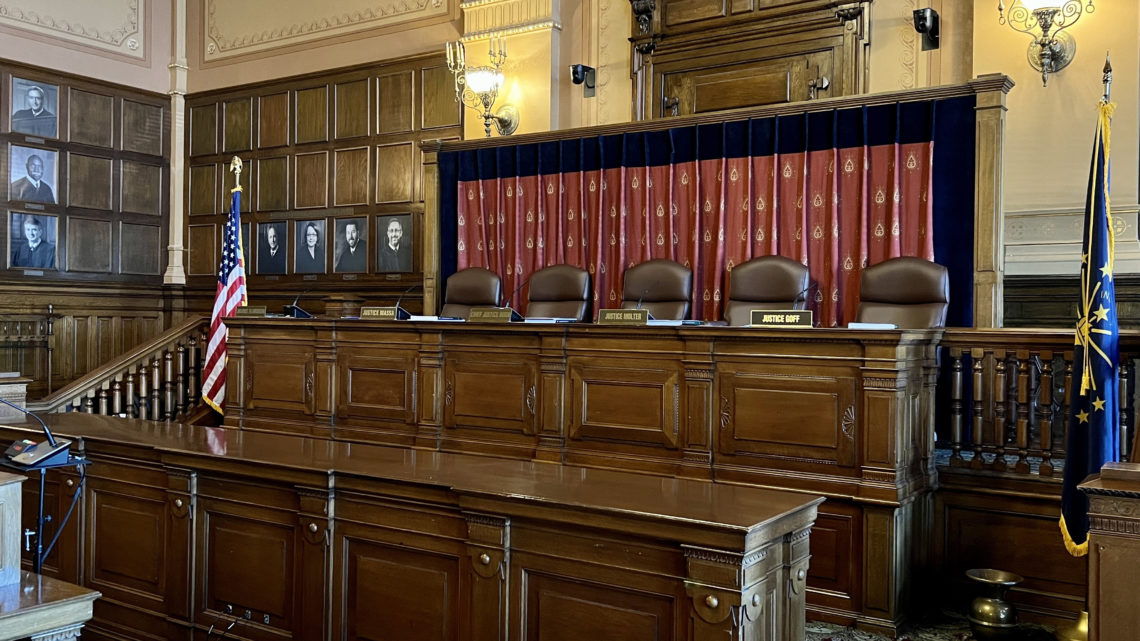You know that old saying, “A man’s home is his castle”? The Indiana Supreme Court just added a footnote: Your castle moat ends at one acre.
In Tulsi Sawlani v. Lake County Assessor, a couple in Crown Point argued that all 3.981 acres of their gated-community property should qualify for Indiana’s one-percent property-tax cap — not just the first acre like us mere mortals. They said their whole parcel was curtilage — that fancy legal term meaning “the area around your home.” In other words: “Our trees, our privacy, our castle.”
Nice try. Justice Geoffrey Goff and his colleagues politely told the Sawlanis to park their riding mower. Even if “curtilage” could stretch beyond an acre, the Court said, these homeowners didn’t prove their extra three acres were anything more than decorative landscaping. No fence, no barn, no chicken coop — just trees and vibes. As the Court put it, desiring privacy isn’t a constitutional claim.
For those of us who follow tax law (and didn’t sleep through local government), the ruling is a victory for common sense — and for assessors who would otherwise be drowning in petitions from suburbanites suddenly discovering their backyard is a sacred constitutional zone. The Court reminded everyone that Indiana’s Constitution gives you a one-percent tax cap on your home and up to one acre of dirt under it — not every acre you can see from your deck.
This case started when the Tax Court, channeling its inner philosopher-king, decided the one-acre rule might be unconstitutional. The justices basically said, “Thanks for playing, but no.” They reversed it and told the Tax Court to go home. Justice Goff even walked through the legislative history: lawmakers in 2008 passed the one-percent cap with a one-acre limit, then voters locked it into the Constitution in 2010. Nobody back then thought “homestead” meant a gentleman’s estate with room for polo ponies.
And here’s the kicker — the Court didn’t actually say the one-acre limit must be constitutional. They just said the Sawlanis didn’t make their case. Which means, someday, someone with a legit farm — cows, a barn, maybe a tractor older than their law degree — might get another crack at it. But for now, one acre is the line.
So, if you’ve got more than that, congratulations — you’re rich in land, but not in tax breaks. The rest of your property is just taxable reality.
Somewhere, a county assessor is quietly raising a glass. Somewhere else, a property-tax protestor is furiously Googling “what counts as curtilage.” And for the rest of us? We just learned that in Indiana, your home may be your castle — but only if your drawbridge fits on one acre.











